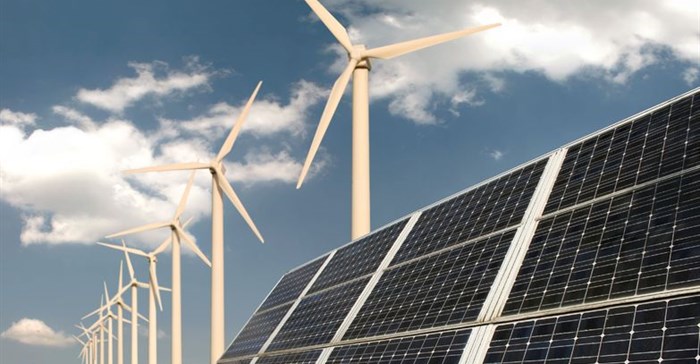
Top stories






LegalKenyan court postpones case seeking to halt Diageo's $2.3bn sale of EABL
Duncan Miriri and Emma Rumney 1 day
More news











Building huge new power stations goes against recent and future trends in utilities, while the growing affordability in renewable pricing is pushing them past the need for government subsidies and the “feel good” imperatives to become a real alternative. In addition, large-scale battery production and new technologies are driving down the price of storage, which will make renewables feasible on a larger scale within 15 years.
Committing to a 30-year trillion-rand investment nuclear project will lock up scarce funds and close out optionality. It is a decision based on existing technology and an old business model, and does not consider the future energy landscape. Funded with debt, it will very likely continue to push up tariffs and this, combined with a reduction in renewables and storage costs, will put Eskom into a utility death spiral.
Since 2007, solar module costs have decreased 80% with the price falling 26% every time output doubles (wind-power is also falling fast – 19% per doubling).
South Africa’s successful REIPP (renewable energy independent power producer procurement) programme has already experienced the positive cost trend of renewables.

The measure used to analyse and compare tariffs with the cost of new power is the levelised cost of electricity (LCOE). Simply put, it is the cost of installation, financing, and running, divided by the total energy output. We can use it to compare builds and tariff schemes.
In 2015, the round 4 tariffs dropped 25% to as low as R0,57/kWh for wind and an average R0,79/kWh for solar. This is compared to LCOE of R1,05 for coal-fired Medupi and Kusile, and R1,75/kWh for Britain’s new Hinkley nuclear plant. Even CSP, which priced relatively expensively at R3,94/kWh, came out cheaper than alternative peaking supply from diesel and gas turbines. This is why Deutsche Bank has already placed South Africa at grid parity for solar prices.
Analysts have looked at the recent trends and projected future costs based on a steady learning curve as total capacity increases. If these continue and solar module prices reduce 40% over the next five years, renewables will easily beat the growing Eskom tariffs.
Batteries – the killer app
Generation is only half the story when it comes to renewables. They don’t produce a steady flow of power and so are criticised as not being viable for baseload generation.
Batteries solve this by allowing renewables to time-shift their power production. Batteries even make sense in a normal grid as they provide an alternative to expensive surge generation.
Storage costs have historically been prohibitive. The only viable option in use is pumped hydro, but this isn’t always feasible. However, the growth in electric vehicles is rapidly advancing battery technology, and new technologies are emerging as other cheap options. For example, lithium-ion costs have been declining rapidly since 2005 and are now below original forecasts for the year 2020. With a 14-22% learning rate, certain estimates see lithium-ion costs declining another 50% over the next five years.
Thus, these costs in five years could be priced at $220/kWh for use in renewable transmission systems and peaker replacement. This would convert to around R3,50/kWh LCOE. Some forecasts though see $100/kWh by 2025, which translates into R1,76/kWh – low enough to take on peaker plants and for effective use in transmission systems in combination with renewables.
Although this may seem high when you add solar costs and compares it to coal and nuclear, it actually becomes very attractive to high-end users having to fund Eskom’s growing costs and tariffs.
The change to solar, and then added storage, would be an obvious switch. Eskom would then be forced to increase rates because of a smaller user base, making it the best option for the rest of users as well.
Eskom is at risk of losing demand to renewables-storage, but municipalities are at even greater risk. Large metros generate around 30% of their revenue from electricity sales with profit margins of 15-20%. If high income and business customers begin to defect (or even reduce consumption), municipalities will find themselves needing to charge higher prices for the remaining few who do pay (as there are subsidised and general high-debtor customers). This creates a vicious cycle of defection known as the utility death spiral.
By our estimates, if Eskom loses just 300,000 high-use customers, it will have to increase tariffs 23% just to maintain current revenue levels. Placing this on top of general price increases, and then new nuclear build costs, would be disastrous.
There are two ways to overcome this. The first, and more regressive, is changing the revenue model to charge for access to the grid. As it is unlikely for customers to go completely off the grid due to cost and flexibility factors, Eskom could still recover some revenue from such a scheme.
A better option for Eskom and municipalities would be to redesign the grid and distribution model to focus on the benefits and generating properties of renewables (such as Gemany’s E.ON).
Government can contribute by pushing renewables through tariff structures, private partnerships, and creating a new job generating industry within South Africa.